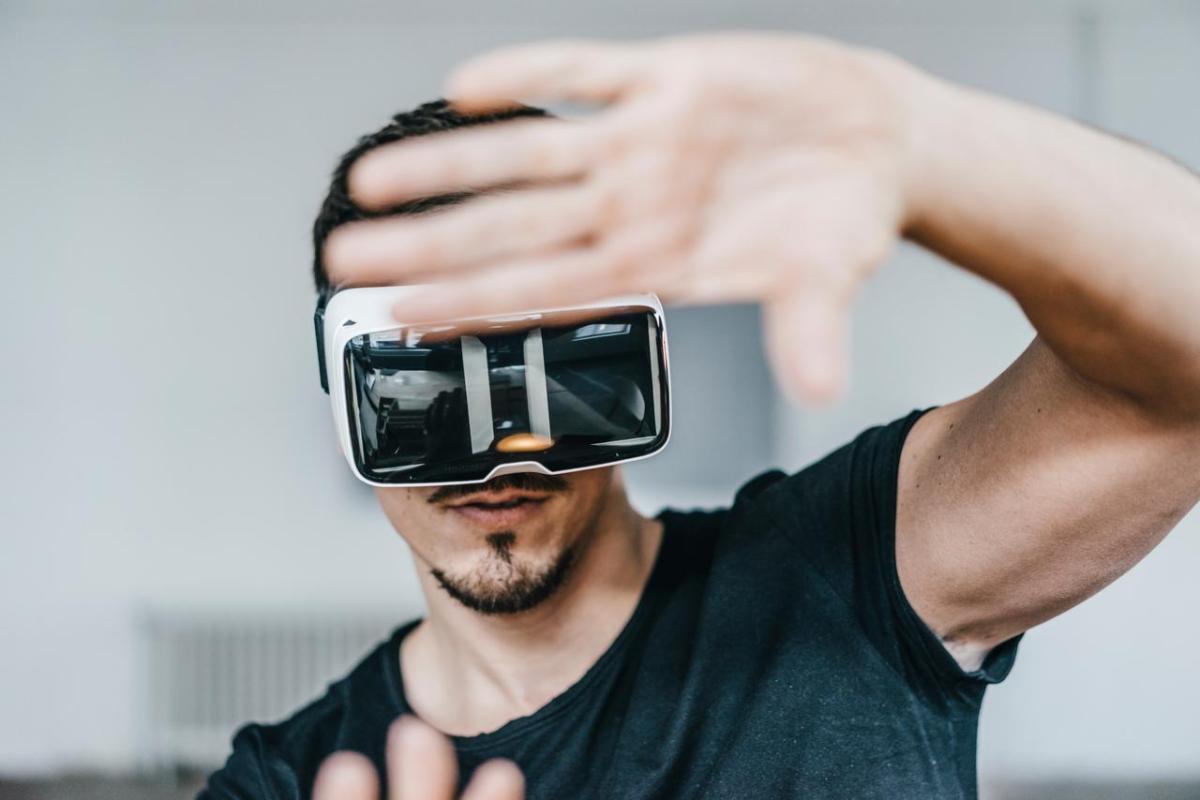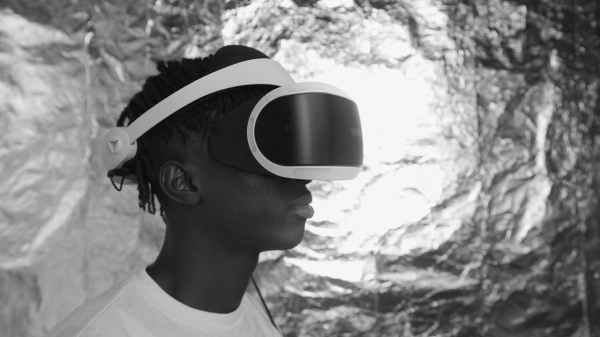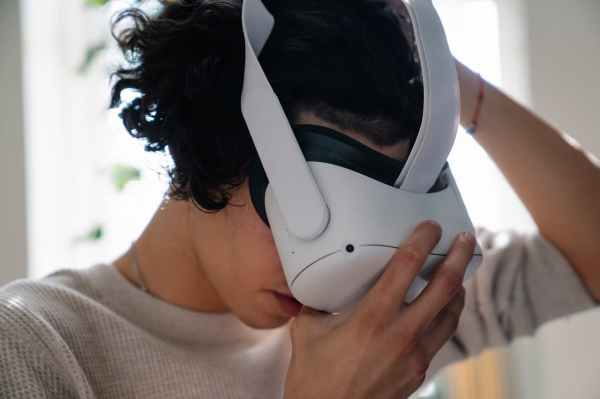Immersive virtual reality unites the physical world with the virtual one, although in a few years, the distinction between both spaces, virtual and physical, will be almost impossible, so much so that the daily lives of millions of people will change radically. Meanwhile, to understand its importance and the economic impact that this tool can have, the consultancy firm PwC already counted in 2019 that around 824,000 jobs were positively impacted by AR (augmented reality) and VR (virtual reality), a trend that will continue to grow to 23 million jobs by 2030, and estimated the impact on the global economy at 1.5 trillion dollars, with product design and development, healthcare and retail standing out above all.
What is immersive virtual reality?
Immersive virtual reality seeks to create a complete 360-degree experience by transporting users into digital three-dimensional environments. Through the use of devices such as virtual reality headsets and tracking controllers, we can interact and explore virtual worlds in a realistic way. The key to this technology lies in creating a sense of realism in the user’s experience.
To achieve this degree of realism, immersive virtual reality employs advanced motion tracking techniques and high-quality 3D graphics. Users explore and manipulate objects in a natural way, as if they were physically present in the digital environment. This achieves a sense of presence and realistic interaction, which is valuable in sectors such as the entertainment industry, education, training simulation and psychological therapy, among others.
Despite its capabilities, one of the challenges of immersive virtual reality is to ensure a seamless and discomfort-free experience. Achieving these aspirations implies the need for technologies to maintain coherence between the user’s movements and the response of the environment.
The main uses of immersive virtual reality
This technology is very versatile, so its use is becoming more and more widespread, although its use in the entertainment and video game industry stands out. Developers use it to create 360 experiences, allowing players to fully immerse themselves in the digital world and actively participate in the proposed narrative and action.
Education is another area where it is very useful. It is used to recreate complex or dangerous educational scenarios in safe and controlled environments. For example, medical students can practice virtual surgeries, and pilots can train in highly realistic flight simulators. Thus, immersive virtual reality improves knowledge retention and the acquisition of practical skills in an interactive and risk-free environment.
Architecture and design also benefit from this innovation. Architects are able to create virtual models of buildings and spaces, allowing them to visualise and explore their ideas in three dimensions before putting them into practice. They therefore have a very useful tool for decision-making, project presentation and early detection of problems.
Perhaps less well known is their use in psychology, in particular in therapies to deal with different problems. The use of controlled virtual environments makes it easier for patients to face their fears or difficulties. A good example is the treatment of anxiety and post-traumatic stress, as patients experience virtual situations that replicate their fears or challenges, but in an environment that favours their recovery.
Finally, the development of immersive virtual reality will be key in driving the metaverse and all that it can offer to businesses and users.
How does it work?
Through a combination of hardware and software, a three-dimensional, immersive experience is created for users. Then, devices such as virtual reality headsets are worn over the user’s head and cover their eyes, blocking their view of the real world and immersing them in the new environment. Finally, stereoscopic images are generated to mimic 3D vision using high-resolution screens and special glasses.
In addition to the helmets, other devices are used to enhance interaction and immersion. Tracking controllers, also known as motion controllers, allow interaction with the virtual world through gestures. The position and orientation in space of the limbs are tracked to ensure realism.
Software is another key element. Developers compose virtual environments using game engines or development platforms to generate the environments. In order for the experience to be believable, the quality of the graphics and the accuracy of motion tracking are critical to achieving satisfactory results. Once inside the virtual world, it is difficult to differentiate it from physical reality.








